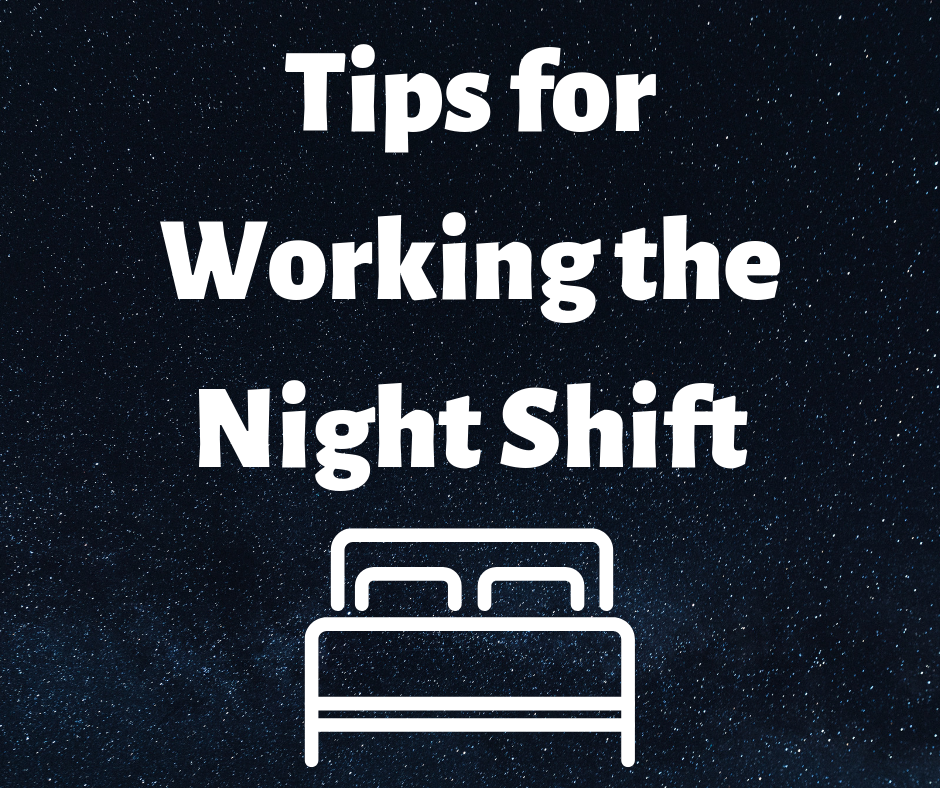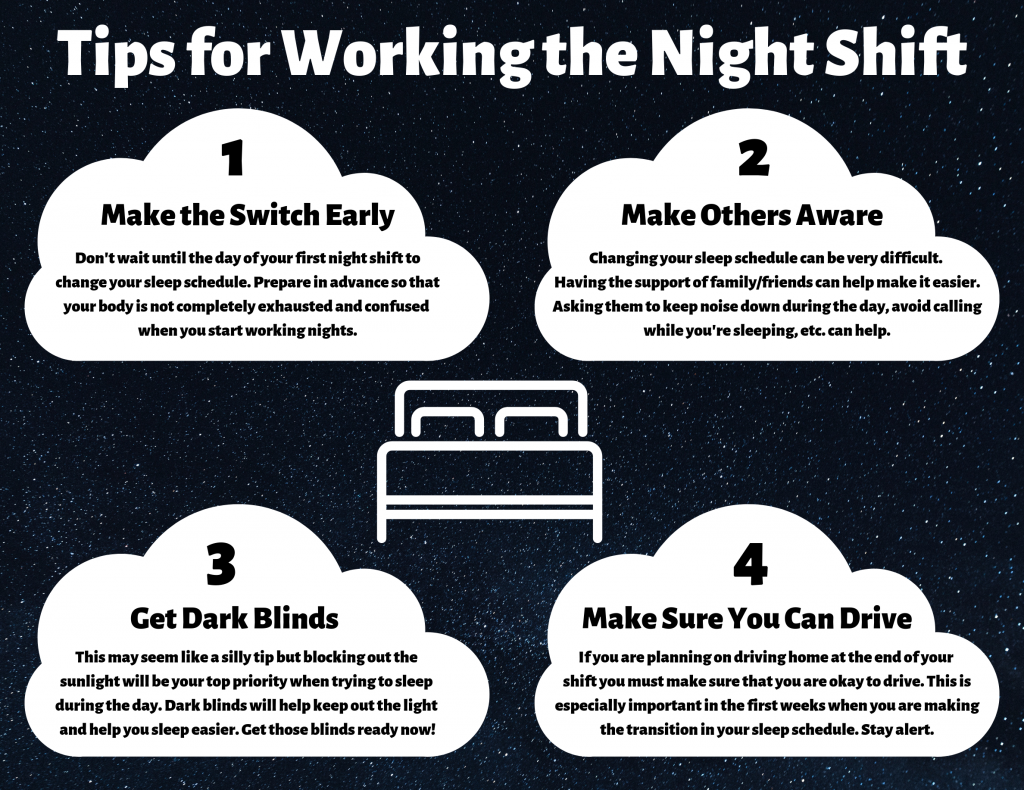Navigating the Night Shift: Exploring Third Shift Job Opportunities
Related Articles: Navigating the Night Shift: Exploring Third Shift Job Opportunities
Introduction
In this auspicious occasion, we are delighted to delve into the intriguing topic related to Navigating the Night Shift: Exploring Third Shift Job Opportunities. Let’s weave interesting information and offer fresh perspectives to the readers.
Table of Content
Navigating the Night Shift: Exploring Third Shift Job Opportunities

The world doesn’t sleep, and neither do many industries. From manufacturing plants humming with activity to hospitals tending to patients, a significant portion of the workforce operates during the third shift, traditionally spanning from 11:00 PM to 7:00 AM. While the allure of a "night owl" lifestyle may draw some, working the third shift presents a unique set of challenges and rewards that deserve careful consideration.
This article delves into the world of third shift jobs, exploring the industries that rely on these nocturnal workers, the benefits and drawbacks of this work schedule, and how to navigate the job search process.
Industries Relying on Third Shift Workers
The demand for third shift workers is driven by various industries that operate continuously or require specific overnight operations. Here are some prominent examples:
-
Manufacturing: Manufacturing plants often run 24/7 to meet production quotas and minimize downtime. From automotive assembly lines to food processing facilities, third shift workers play a crucial role in maintaining consistent output.
-
Healthcare: Hospitals and healthcare facilities operate around the clock to provide emergency care, handle critical patient needs, and conduct essential procedures. Nurses, doctors, technicians, and support staff are essential during the overnight hours.
-
Security: Security guards and surveillance personnel ensure the safety and security of buildings, businesses, and public spaces. Their presence is vital during the less populated nighttime hours.
-
Transportation: Transportation industries, including airlines, shipping companies, and trucking firms, often operate on a 24/7 schedule to accommodate time-sensitive deliveries and travel needs.
-
Customer Service: Call centers and technical support services often operate around the clock to cater to global customer bases and address urgent issues.
The Benefits of Third Shift Work
While the third shift presents challenges, it also offers unique advantages:
-
Reduced Competition: The third shift often has lower competition for jobs compared to daytime positions, making it a viable option for individuals seeking employment opportunities.
-
Potential for Higher Pay: Many third shift jobs offer higher wages due to the less desirable nature of the work schedule. This can be particularly beneficial for individuals seeking to maximize their income.
-
Flexibility: The third shift can provide flexibility for individuals who prefer non-traditional work hours or have commitments during the day.
-
Quiet Work Environment: The third shift often offers a quieter work environment with fewer distractions, which can be beneficial for certain types of work.
-
Potential for Career Advancement: Third shift jobs can serve as a stepping stone to other positions within a company, as the experience and skills gained can be valuable across different departments.
The Challenges of Third Shift Work
Despite the benefits, working the third shift presents various challenges that require careful consideration:
-
Disrupted Sleep Schedule: The most significant challenge is the disruption to the body’s natural circadian rhythm, leading to sleep deprivation, fatigue, and difficulty adjusting to a normal sleep schedule.
-
Social Isolation: The third shift can lead to social isolation as individuals work while most others are asleep, limiting opportunities for social interaction and leisure activities.
-
Health Risks: Working the third shift has been linked to various health risks, including increased risk of obesity, cardiovascular disease, and mental health issues.
-
Family and Social Life: Balancing a third shift job with family life and social commitments can be challenging, as it often requires significant adjustments to schedules and routines.
Navigating the Third Shift Job Search
Finding a third shift job requires a strategic approach:
-
Identify Relevant Industries: Focus your job search on industries that rely heavily on third shift workers, such as manufacturing, healthcare, security, and transportation.
-
Utilize Online Job Boards: Websites like Indeed, Monster, and CareerBuilder offer a wide range of third shift job postings, allowing you to filter by location and industry.
-
Network with Professionals: Connect with individuals working in industries that employ third shift workers to gain insights into job opportunities and company culture.
-
Consider Temporary Agencies: Temporary agencies often place workers in third shift roles, providing a pathway to permanent positions.
-
Highlight Relevant Skills: Tailor your resume and cover letter to emphasize skills and experience relevant to the specific third shift job you are applying for.
-
Prepare for Interviews: Be prepared to discuss your ability to adapt to the third shift schedule and demonstrate your commitment to the role.
FAQs about Third Shift Jobs
Q: How can I mitigate the negative effects of working the third shift?
A: Maintaining a consistent sleep schedule, creating a calming bedtime routine, and minimizing exposure to bright light during the night can help regulate your sleep cycle. Additionally, prioritizing healthy eating and exercise can contribute to overall well-being.
Q: Are there any health risks associated with working the third shift?
A: Studies have linked third shift work to increased risks of obesity, cardiovascular disease, digestive issues, and mental health problems like anxiety and depression. However, these risks can be mitigated by adopting healthy lifestyle habits and seeking support from healthcare professionals.
Q: How can I balance a third shift job with family and social life?
A: Open communication with family members and friends is crucial to manage expectations and coordinate schedules. Utilizing time management techniques and prioritizing important activities can help maintain a healthy balance.
Q: Are there any benefits to working the third shift beyond higher pay?
A: Some individuals appreciate the quiet work environment and the reduced competition for jobs during the third shift. It can also offer flexibility for those with commitments during the day.
Tips for Success on the Third Shift
-
Prioritize Sleep: Create a consistent sleep schedule, even on weekends, to minimize sleep deprivation and promote overall well-being.
-
Maintain a Healthy Diet: Consume nutritious meals and snacks to fuel your body and avoid relying on sugary or processed foods.
-
Exercise Regularly: Regular physical activity can help regulate your sleep cycle, reduce stress, and boost energy levels.
-
Stay Hydrated: Drink plenty of water throughout the shift to combat fatigue and maintain focus.
-
Take Breaks: Utilize break times to stretch, move around, and clear your mind.
-
Connect with Colleagues: Build relationships with fellow third shift workers to foster a sense of community and support.
-
Seek Support: If you are struggling to adjust to the third shift, seek support from healthcare professionals, therapists, or support groups.
Conclusion
Working the third shift presents a unique set of challenges and rewards. While it may not be suitable for everyone, it can offer opportunities for individuals seeking flexible work hours, potential for higher pay, and a less competitive job market. By understanding the benefits and drawbacks, navigating the job search process strategically, and implementing healthy lifestyle habits, individuals can make informed decisions about whether a third shift job aligns with their personal goals and priorities.







Closure
Thus, we hope this article has provided valuable insights into Navigating the Night Shift: Exploring Third Shift Job Opportunities. We thank you for taking the time to read this article. See you in our next article!
